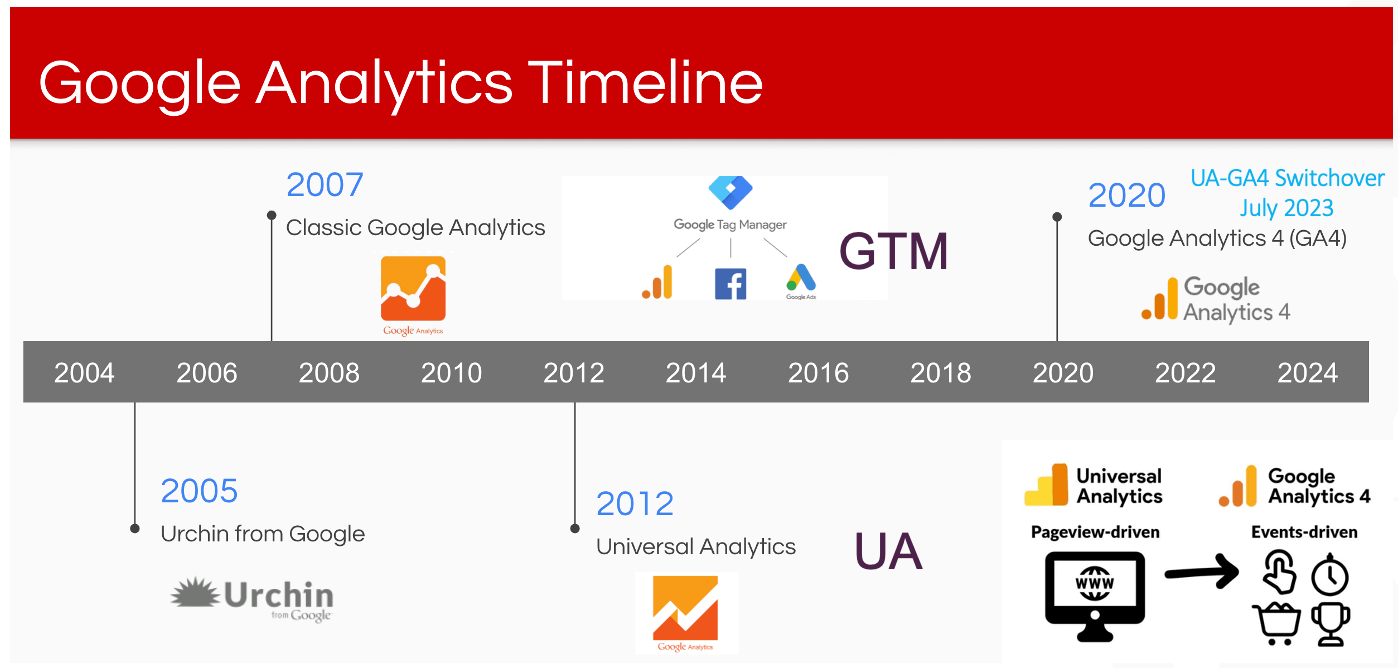Master Web Site Insights With Accurate Google Analytics Tracking Code
The efficient application of Google Analytics rests on the precise implementation of its tracking code, an essential step commonly overlooked by website owners. This seemingly easy JavaScript fragment, when appropriately positioned, becomes the backbone of data collection, supplying understandings right into user actions and website efficiency. Nonetheless, difficulties can develop during arrangement, possibly skewing the data and leading to mistaken choices. Comprehending these complexities is vital for making best use of the advantages of analytics. What are the usual risks that could undermine your monitoring efforts, and how can you ensure precision in your method?
Recognizing Google Analytics Basics
Google Analytics is an essential device for website proprietors and marketing professionals, providing very useful insights right into user actions and site efficiency. At its core, Google Analytics collects data concerning visitors to a website, enabling customers to assess metrics such as traffic sources, customer engagement, and conversion prices. Comprehending these fundamentals is important for maximizing a website's effectiveness and boosting user experience.
The system utilizes cookies to track interactions, taping information such as page sights, session periods, and bounce prices. This information is aggregated and presented with adjustable control panels, making it possible for customers to visualize trends in time. Secret efficiency signs (KPIs) can be checked, such as the total variety of customers, brand-new versus returning site visitors, and the geographical circulation of the target market.
Additionally, Google Analytics supplies division attributes, permitting customers to separate particular website traffic resources or user demographics for even more targeted evaluation. By understanding these foundational aspects, internet site proprietors can make informed choices concerning material technique, marketing projects, and total site improvements. Inevitably, recognizing Google Analytics essentials is necessary for leveraging information to drive growth and achieve business purposes successfully.
Establishing Up Your Tracking Code

Copy the provided monitoring code and paste it into the HTML of your site. Ideally, this code should be positioned in the header area of every web page you want to track. This makes sure that the monitoring code tons before any kind of various other web content, permitting it to catch data accurately. There are plugins readily available that streamline the combination process. if you are making use of a material administration system (CMS) like WordPress.
After setup, confirm that the monitoring code is operating correctly by utilizing Google Tag Aide or the Real-Time records in Google Analytics - when does the google analytics tracking code send an event hit to analytics?. This action is necessary to confirm that your information collection is energetic and exact, setting the structure for informative evaluation
Typical Monitoring Code Issues
This might occur when the tracking code is positioned in the wrong section of the internet imp source site's HTML, often leading to insufficient or missing data. In addition, having multiple circumstances of the monitoring code on a single web page can result in filled with air metrics, as customer interactions could be counted much more than as soon as.
Another problem arises from making use of ad blockers, which can protect against the tracking code from implementing altogether, therefore skewing information. when does the google analytics tracking code send an event hit to analytics?. Moreover, failure to configure filters correctly can result in the exclusion of necessary website traffic resources or the incorporation of undesirable referral spam, distorting the data collected
Site owners may likewise ignore the relevance of tracking code updates, especially when moving to Google Analytics 4 (GA4) from Universal Analytics. Last but not least, not enough screening before introducing modifications can result in undiscovered errors in the monitoring code, better making complex data reliability. Dealing with these common issues is important for making sure precise tracking and insightful analytics.
Studying Website Data Efficiently
Accurate data collection is only the primary step in leveraging Google Analytics; the genuine worth exists in successfully evaluating that information to drive informed decision-making. To accomplish this, it is vital to identify vital performance indicators (KPIs) that straighten with your service goals. Focus on metrics such as conversion prices, individual involvement, and web traffic sources, as these will certainly provide understandings into customer behavior and the total efficiency of your website.
Using Google Analytics' segmentation attributes permits a much deeper understanding of your audience. By breaking down information into certain demographics, behaviors, and web traffic networks, you can uncover patterns and patterns that educate targeted methods. Executing custom reports and control panels can improve this procedure, enabling fast access to pertinent information.
Furthermore, consistently reviewing information fads over time assists to recognize abnormalities and opportunities for enhancement. Make use of visualization tools to present information check out here in a conveniently absorbable format, promoting much more efficient interaction with stakeholders. Inevitably, the ability to evaluate internet site information effectively equips services to make critical choices that enhance user experience, enhance marketing efforts, and drive development.

Ideal Practices for Accurate Tracking
Implementing reliable tracking techniques is vital for obtaining reliable information in Google Analytics. To guarantee accurate tracking, start by properly mounting the Google Analytics tracking code on every page of your website. This can be achieved through a tag manager or by straight embedding the code right into the HTML.
Next, configure your Google Analytics account to leave out inner traffic. This can be done by establishing filters that recognize and eliminate sees from your company's IP address, thereby stopping manipulated data. Additionally, use occasion monitoring to monitor particular customer communications, such as downloads or video plays, which conventional web page sights may neglect.
Consistently audit your tracking configuration to validate that all features, such as goals and ecommerce tracking, are working appropriately. Develop a regular identifying convention for your events and campaigns to help with much easier coverage and evaluation.
Last but not least, take into consideration leveraging UTM criteria for projects to get understandings into the efficiency of various advertising and marketing initiatives. By adhering to these ideal techniques, you can improve the precision of your data collection and analysis, ultimately resulting in more informed decision-making for your website.
Verdict
By ensuring the monitoring code is properly placed and frequently investigated, site proprietors can catch important user communication data, thus promoting the identification of crucial efficiency signs. Inevitably, a durable monitoring framework improves the ability to imp source drive interaction and boost overall web site performance.
Not enough testing before launching adjustments can result in undetected mistakes in the tracking code, even more complicating information dependability.Carrying out efficient monitoring techniques is vital for acquiring trustworthy data in Google Analytics. By ensuring the monitoring code is properly placed and regularly examined, web site owners can record crucial user communication data, hence assisting in the identification of vital efficiency indicators.